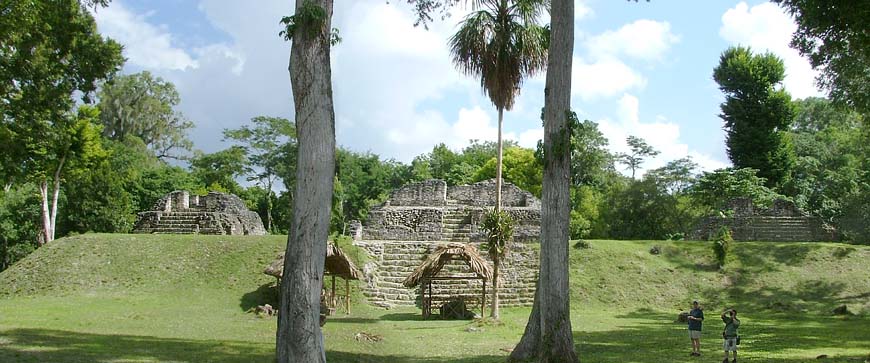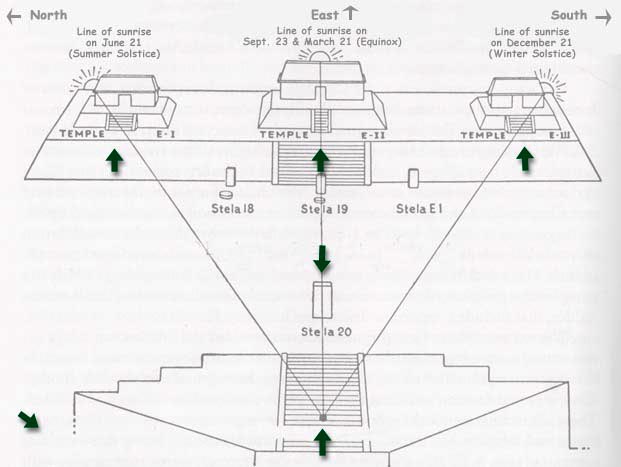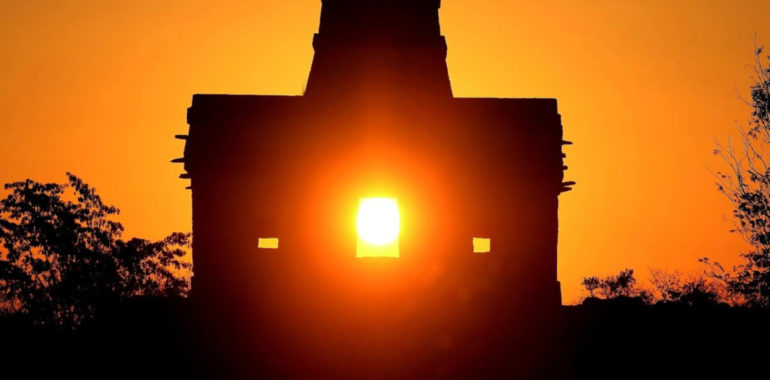During March, precisely on the 20th, one of the most important astronomical events for the Mesoamerican Region, the Spring Equinox, takes place. It’s considered the first annual mark of Earth’s movement around the Sun, depending on what part of the planet it’s been observed, it may change its meaning, but in general, it represents the passes of seasons, while for the Maya, it has a more profound and complex significance.
The Spring Equinox is the moment when the Sun crosses exactly Earth’s equator line, marking the start of a new season. In this case, the dry season begins in Mesoamerica, and with that, a new agricultural cycle commences. This cycle is commonly represented in the archeological evidence within the images of the Maize god, who is the deity that is connected directly with the continuity for growing of maize during each year by his constant resurrection after being planted in the soil during the third and fourth month of the year and been harvest months later, precisely like this plate from Justin Kerr’s photographic collection:

“Resurrection plate, The Maize God is resurrected by his sons”, K1892, Uploaded in 1998—
image taken from Maya Vase Data Base.
The Mayan culture is known for having skilled astronomers that were capable of reproducing different astronomical events into their constructions. Some of those are called “E” groups, astronomical observatories that were built with 3 temples making a straight line on top of a platform and facing a central structure. These kinds of buildings were designed for keeping a constant record of the equinoxes and solstices all over the year, like the group “E” of Uaxactún in the Lowlands of Petén in Guatemala:

Archeological remains of Uaxactún’s astronomical observatory or group “E”—
photo taken by Barbara McKenzie (2004).

The equinoxes and solstices visualization in their specific dates during the year in Uaxactún—
image taken from Barbara McKenzie (2004).
The connection between the iconography and the constructions of the Mayas can be explained by the element where the equinox importance resides: the cycles; this characteristic is the base for every other aspect of the Mayan Culture. Their artistic creations, structures, agricultural dynamics, and even their gods, constantly recreate the idea of cycles as the center of everything.
The comprehension of the cycles inside the Mayan cosmovision is the key to connecting every aspect and element that conforms to the social, political, and economical environment of the region, demonstrating that these creations are not just some kind of monument, but part of their entire meaning of existence as a complex society that by studying the sky was capable to build their entire world.
Bibliography
- 2014
- Observatorio E-VII Sub de Uaxactun: Reconsiderando su función en el pasado y propuesta de conservación en el futuro. 13 pages.
Recuperado de Internet en.
- 2017
- La arquitectura maya y su armonía con el cielo. 43 pages.
www.academia.edu/33785298/La_arquitectura_maya_y_su
_armon%C3%ADa_con_el_cielo
- 2006
- The Ancient Maya.
- 2018
- Diálogos entre la tierra y el cielo: la pirámide y la arqueoastronomía. 24 pages.
- 2004
- Mayan Ruins: Uaxactún

